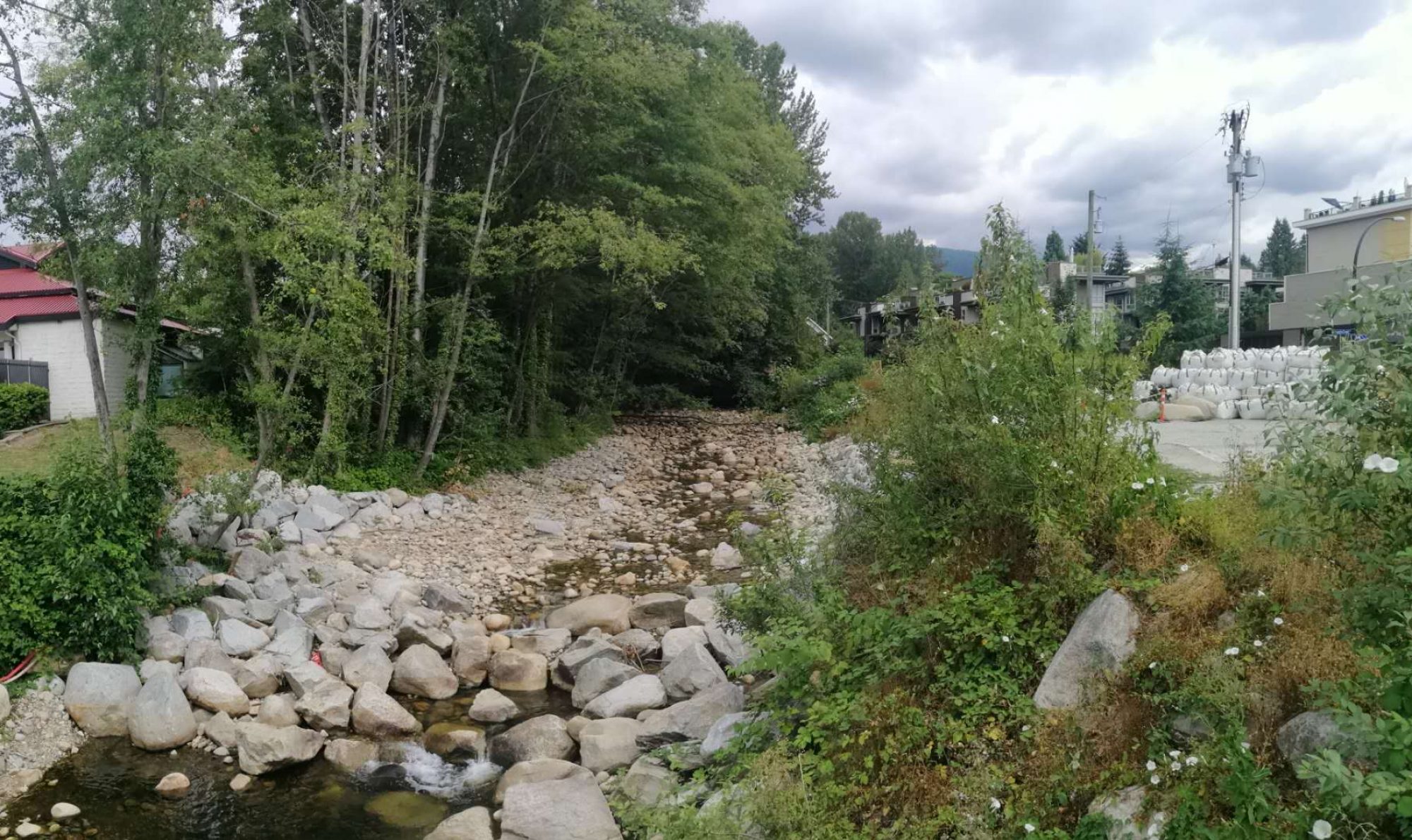Almost all of the constructed sites introduce impervious surfaces to the watershed. Some low-density buildings, such as schools and parks might not create many impervious surfaces while being constructed, but they need to be accessed through roads, which together with the associated parking areas add up to the increased impervious surfaces. Additionally, if heavy machinery is involved during the construction process, it is very likely that the surrounding soils will be compacted. The physical characteristics of the compacted soils, such as water holding capacity and porosity, will become like paved surfaces. For instance, a common parking lot might contain 95% impervious surfaces and even a grass-covered lawn might contain 40% impervious surfaces, whereas the natural surface conditions are nearly 0% impervious (as cited in US EPA, 2009). Changes in imperviousness could lead to negative impacts on groundwater recharge, retention of excessive rainfall, and the overall water balance and the continuity of the hydrological cycle.

Total Impervious Area (TIA) vs. Effective Impervious Area (EIA)
The distribution of rain water experiences a shift from fractional subsurface flow to virtually 100% runoff (Johnson & Sayre, 1973). Low urbanization regions are more sensitive to changes in land use and increases in impervious surfaces (Dudley et al. 2001). Total impervious area (TIA) is defined as the sum of all impervious surfaces, and as an important component of TIA, effective impervious area (EIA) refers to impermeable areas directly connected to a constructed drainage system (e.g., drainage pipes) or a watercourse. EIA is a more accurate parameter to determine the impacts of impervious surface areas, as some land uses yield impermeable surfaces but pose no barriers to hydrological cycle (Guthrie & Deniseger, 2001). For example, a 10% increase in EIA would cause 2-year storm events in post-development scenario to generate the same amount of discharge as 10-year pre-development storm events (Booth, 2000). Despite being more accurate, the determination of EIA normally requires access to field survey data, which might not be provided by some municipalities. In contrast, TIA can be determined simply through stereo-photogrammetry (synthesizing of the aerial photos) (Jones et al., 2003). Empirical equations have been developed to estimate EIA based on TIA data (Laenen, 1983). For this project, an assumption is made that Mosquito Creek Watershed is a totally connected basin with linked roofs and no infiltration measures, thus
EIA = TIA

 Follow
Follow